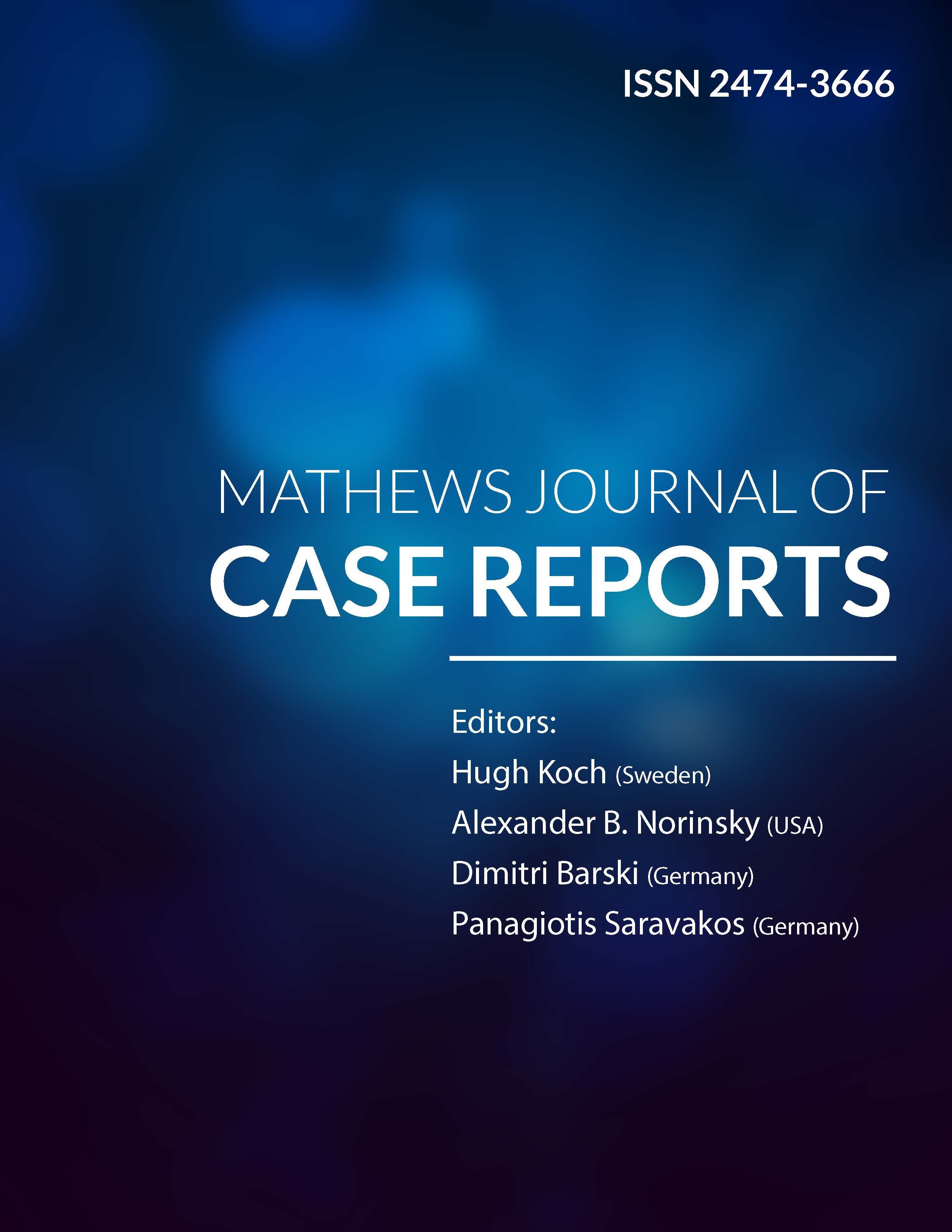
Information Links
Previous Issues Volume 8, Issue 4 - 2023
Endometriosis with Massive Ascites: A Rare Entity
Pramod Kumar1, Pawandeep Kaur2, Heena Kauser3,*
1Professor, Obstetrics and Gynaecology, MGIMS, Sevagram, Wardha, Maharashtra, India
2Senior Resident, Obstetrics and Gynaecology, MGIMS, Sevagram, Wardha, Maharashtra, India
3Junior Resident, Obstetrics and Gynaecology, MGIMS, Sevagram, Wardha, Maharashtra, India
*Corresponding Author: Heena Kauser, Junior Resident, Obstetrics and Gynaecology, MGIMS, Sevagram, Wardha, Maharashtra, India; Email: [email protected]
Received Date: January 16, 2023
Publication Date: April 15, 2023
Citation: Kumar P, et al. (2023). Endometriosis with Massive Ascites: A Rare Entity. Mathews J Case Rep. 8(4):103.
Copyright: Kumar P, et al. © (2023)
ABSTRACT
Endometriosis associated with massive haemorrhagic ascites is an uncommon finding. In most cases, the presence of massive haemorrhagic ascites is associated with malignancies, hepatoma, tuberculosis & perforated viscera. A 23-year-old unmarried female was admitted to the gynae ward with massive ascites, leading to breathlessness, and abdominal distension, associated with cachexia and respiratory and abdominal discomfort. After, while investigating & managing her, we found that the ascitic fluid is haemorrhagic type, which led to further investigation to rule out other possible causes. Finally, the decision was made to take her for exploratory laparotomy, and 22 litres of ascitic fluid was drained. Ascitic fluid cytology and histopathology of tissue were suggestive of endometriosis.
Keywords: Endometriosis, Haemorrhagic Ascites